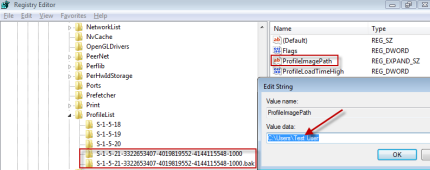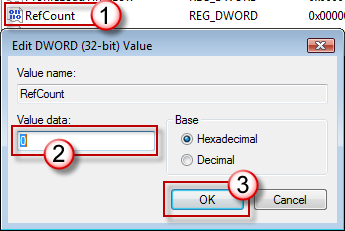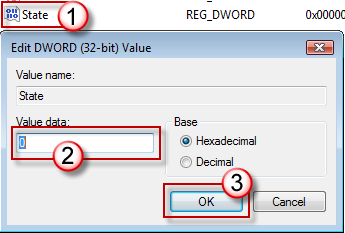To Fix The User Account Profile in Windows 7, follow these hacks.
The technique or job To Fix the User Account Profile in Windows 7 includes instructions that explain how to edit the registry. However, if you edit the registry incorrectly, major issues may arise. As a result, be certain that you properly follow these measures. Back up the registry before making any changes for extra security. If an issue arises, you can then restore the register. Click the following article number to visit the article in the Microsoft Knowledge Base for further information on how to back up and restore the registry:
If your antivirus is scanning your PC when you try to log on, Windows may not read the user profile correctly. To begin, restart your computer and log back in to your user account to see if it solves the problem. If it does not fix the problem, then try the follow these hacks.
*Note: To repair the user profile, log in to the administrator account or try transferring the data to a new account. Before attempting to resolve the issue, log on to Windows with an administrative account or restart in safe mode to log on with the built-in administrator account.
How to back up and restore the registry in Windows
To Fix The User Account Profile in Windows 7, follow these step by step guide.
1 – Click Start, type regedit in the Search box, and then press Enter.
2 – In Registry Editor, locate and then click the following registry subkey:
HKEY_LOCAL_MACHINESOFTWAREMicrosoftWindows NTCurrentVersionProfileList
3 – In the navigation pane, locate the folder that begins with S-1-5 (SID key) followed by a long number.
4 – Click each S-1-5 folder, locate the ProfileImagePath entry in the details pane, and then double-click to make sure that this is the user account profile that has the error.

* If you have two folders starting with S-1-5 followed by some long numbers and one of them ended with .bak, you have to rename the .bak folder. To do this, follow these steps:
a) Right-click the folder without .bak, and then click Rename. Type .ba, and then press Enter.

b) Right-click the folder that is named .bak, and then click Rename. Remove .bak at the end of the folder name, and then press Enter.

c) Right-click the folder that is named .ba, and then click Rename. Change the .ba to .bak at the end of the folder name, and then press Enter.

* If you have only one folder starting with S-1-5 that is followed by long numbers and ends with .bak, right-click the folder, and then click Rename. Remove .bak at the end of the folder name, and then press Enter.
* If you have two folders starting with S-1-5 followed by some long numbers and one of them ended with .bak, you have to rename the .bak folder. To do this, follow these steps:
a) Right-click the folder without .bak, and then click Rename. Type .ba, and then press Enter.

b) Right-click the folder that is named .bak, and then click Rename. Remove .bak at the end of the folder name, and then press Enter.

c) Right-click the folder that is named .ba, and then click Rename. Change the .ba to .bak at the end of the folder name, and then press Enter.

* If you have only one folder starting with S-1-5 that is followed by long numbers and ends with .bak, right-click the folder, and then click Rename. Remove .bak at the end of the folder name, and then press Enter.
5 – Double-click the folder without .bak in the details pane, double-click RefCount, type 0, and then click OK.

6 – Click the folder without .bak in the details pane, double-click State, type 0, and then click OK.

7 – Close Registry Editor.
8 – Restart the computer.
9 – Log on again with your account.




